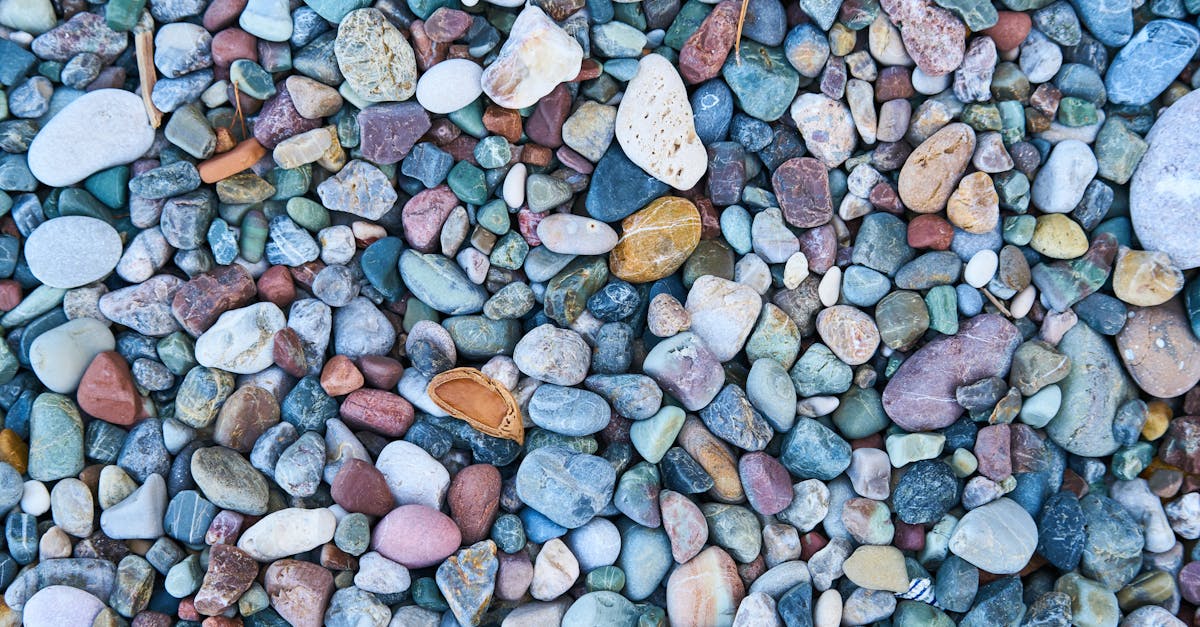
After the damaged granite cobblestone pavers have been repaired and the epoxy has been applied, it is crucial to allow sufficient time for the epoxy to harden properly. Rushing this step can result in a weaker bond and ultimately lead to the need for further repairs in the future. Depending on the specific epoxy product used, curing times can vary, so it is important to follow the manufacturer's guidelines to ensure the best results.
Typically, epoxy requires at least 24 to 48 hours to fully cure. However, in some cases, it may take longer for the epoxy to harden completely. During this curing time, it is essential to avoid any foot traffic or heavy objects on the repaired areas to prevent any disruptions to the bonding process. By allowing the necessary time for the epoxy to cure, you can ensure that your granite cobblestone pavers are restored to their original strength and durability.
Allowing Sufficient Time for the Epoxy to Harden
Ensuring the epoxy has ample time to harden is crucial in the repair process of damaged granite cobblestone pavers. Rushing this step could result in subpar results and potential rework in the future. Patience is key when allowing the epoxy to cure properly.
Depending on the specific product used, the hardening time can vary. Generally, it is recommended to wait at least 24 to 48 hours before applying any weight or pressure on the repaired areas. This waiting period ensures that the epoxy has fully hardened and bonded with the granite, providing a durable and long-lasting solution for your damaged pavers.
Sealing the Repaired Areas
To complete the repair process, it is crucial to seal the areas where the granite cobblestone pavers have been fixed. Sealing helps to protect the repaired sections from potential damage, such as moisture infiltration, staining, or wear and tear. By applying a high-quality sealant specifically designed for granite surfaces, you can ensure the longevity and durability of the repaired areas.
Copyright © Cobblestone Pavers Sydney. All rights reserved.
How can I ensure a uniform surface when repairing damaged granite cobblestone pavers?
To ensure a uniform surface when repairing damaged granite cobblestone pavers, make sure to use a trowel or putty knife to spread the epoxy resin mixture evenly across the damaged areas.
How long does it take for the epoxy to harden when repairing damaged granite cobblestone pavers?
It is important to allow sufficient time for the epoxy to harden when repairing damaged granite cobblestone pavers. Typically, it can take 24-48 hours for the epoxy to fully cure and harden.
Why is it important to seal the repaired areas of granite cobblestone pavers?
Sealing the repaired areas of granite cobblestone pavers is important to protect the surface from future damage, such as moisture penetration, staining, and UV exposure.